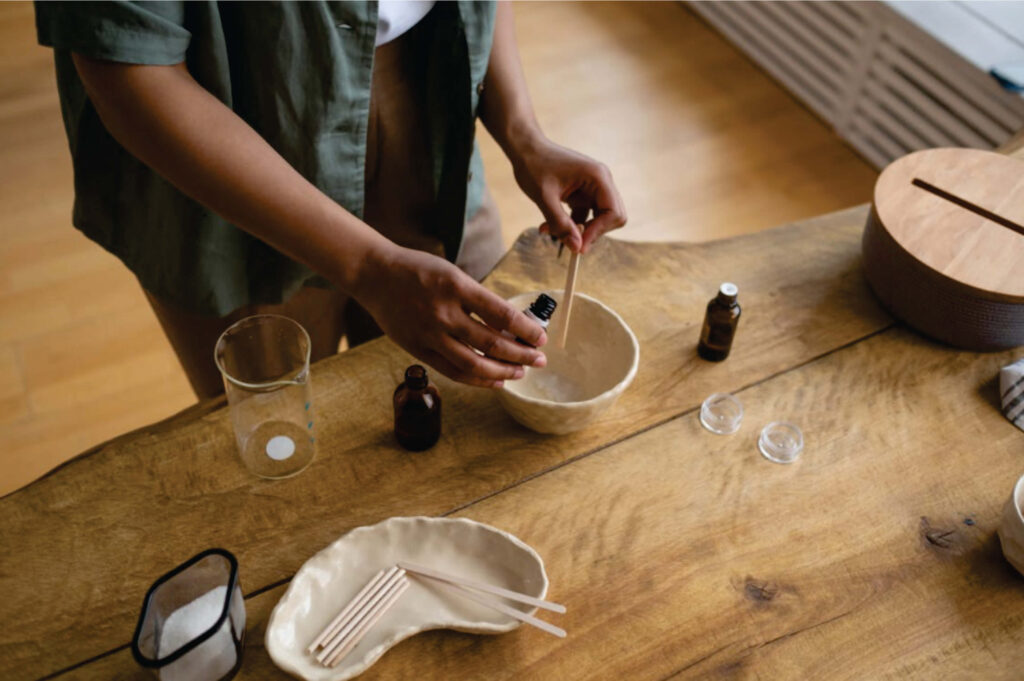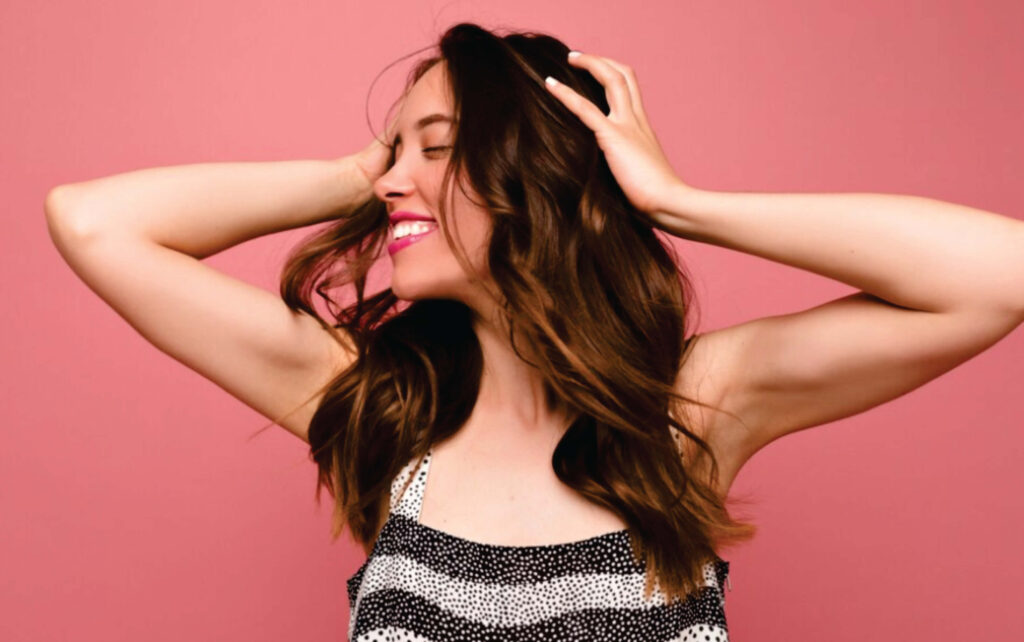Achieving strong, vibrant hair is not just about using premium products. It requires a balanced approach, including a proper hair care routine, a nutrient-rich diet, and avoiding harmful practices. Understanding your specific hair type and following tailored strategies can reduce breakage and improve overall hair health. Whether you have fine, medium, or coarse hair, adopting a structured regimen will help enhance its strength and appearance. This guide presents expert-recommended techniques to nourish and maintain your hair naturally.

Understanding Hair Types and Their Unique Needs
Each hair type has distinct characteristics that determine the best way to care for it. Choosing the right products and routines can enhance hydration, boost resilience, and minimize damage.
Fine Hair: Strength Without Heaviness
Fine hair is fragile and prone to breakage. To maintain its health:
- Use a lightweight, volumizing shampoo that cleanses without stripping natural oils.
- Avoid heavy conditioners that can make hair look flat and greasy.
- Incorporate protein treatments monthly to fortify hair structure. Studies suggest that protein helps reinforce weak hair fibers (International Journal of Cosmetic Science).
- Apply heat protectant before styling to prevent damage from hot tools.
- Trim split ends regularly to keep hair healthy and prevent further breakage.
- Be gentle when brushing to avoid unnecessary stress on strands.
- Opt for loose hairstyles to reduce tension on the scalp.
- Use a boar bristle brush to evenly distribute natural scalp oils.
- Wash with a clarifying shampoo once a month to remove buildup from styling products.
Personal Journey: Managing Fine Hair
My fine hair used to break easily, especially near the temples. Switching to a sulfate-free shampoo and using lightweight protein treatments significantly improved its strength. Avoiding aggressive brushing and sleeping on a silk pillowcase also reduced friction and breakage. Air-drying my hair instead of using heat-styling tools helped reduce split ends and added more volume over time.
Medium Hair: Balancing Hydration and Strength
Medium-textured hair is more resilient but still requires proper maintenance:
- Opt for sulfate-free shampoos to retain essential moisture.
- Use deep conditioning treatments biweekly to enhance elasticity and shine.
- Apply lightweight oils like argan or jojoba for nourishment without heaviness.
- Limit heat exposure and sleep on silk or satin pillowcases to minimize friction.
- Stimulate circulation through scalp massages to encourage hair growth.
- Wear protective styles, such as loose braids, to prevent mechanical damage.
- Use a clarifying shampoo occasionally to remove excess product buildup.
- Apply a leave-in conditioner to maintain hydration and smoothness.
Personal Experience: Finding Balance for Medium Hair
I used to struggle with an oily scalp and dry ends. By spacing out washes and applying oils only to the mid-lengths, I achieved better hydration balance. Regular scalp massages with rosemary oil improved hair thickness, while using a wooden comb reduced static and minimized breakage.
Coarse Hair: Maximizing Hydration and Reducing Frizz
Coarse hair naturally tends to be drier and needs extra moisture to stay strong and healthy:
- Use deeply hydrating shampoos and conditioners formulated for thick textures.
- Apply leave-in treatments and deep conditioning masks weekly for lasting hydration.
- Protect hair by styling in braids or twists to retain moisture and reduce frizz.
- Avoid frequent heat styling and harsh chemical treatments that weaken hair structure.
- Enhance scalp health with massages using essential oils like rosemary or peppermint.
- Dry hair with a microfiber towel or a soft cotton t-shirt to reduce frizz.
- Seal moisture with rich butters like shea and thick oils such as castor or avocado.
- Detangle with a wide-tooth comb, starting from the ends, to prevent breakage.
Personal Insight: Managing Coarse, Dry Hair
My coarse hair often felt dry and unruly. Incorporating a leave-in conditioner after every wash helped retain moisture. Reducing the frequency of shampooing and switching to co-washing prevented excessive dryness. Sleeping in loose braids reduced tangling, while coconut oil masks provided extra hydration without weighing my hair down.

Nutrition and Its Impact on Hair Growth
A well-balanced diet plays a crucial role in strengthening hair. Including these essential nutrients in your meals can promote healthy growth:
- Protein: A key component of keratin, found in eggs, fish, lentils, and poultry.
- Iron: Supports oxygen circulation to hair follicles. Sources include spinach, lentils, and red meat.
- Biotin: Strengthens hair and reduces brittleness. Studies indicate biotin deficiency may contribute to hair thinning (National Institutes of Health).
- Omega-3 Fatty Acids: Reduce inflammation and promote scalp hydration. Found in salmon, flaxseeds, and walnuts.
- Vitamin D: Plays a role in hair follicle function. Obtained from sunlight exposure and fortified foods.
- Zinc: Aids in hair repair and prevents excessive shedding. Sources include seafood, pumpkin seeds, and chickpeas.
- Vitamin C: Enhances collagen production and iron absorption for stronger strands.
- Magnesium: Prevents calcium buildup on the scalp, which can contribute to hair thinning.
Personal Experience: The Role of Diet in Hair Health
After incorporating more omega-3-rich foods like salmon and walnuts, I noticed less shedding. Increasing water intake and taking a biotin supplement improved shine and overall thickness. Herbal teas such as nettle and horsetail also seemed to support hair growth. Over time, these small dietary changes made my hair healthier and more resilient.
Final Thoughts: Achieving Long-Term Hair Health
Achieving healthier, stronger hair requires a consistent approach. A combination of proper hair care, balanced nutrition, and scalp maintenance contributes to long-term resilience. By understanding your specific hair needs, avoiding damaging habits, and following expert-recommended methods, you can nurture shinier, fuller, and more robust strands. With patience and dedication, your hair will thrive, becoming visibly healthier and more vibrant.
For additional expert insights into hair science, explore The International Journal of Cosmetic Science (Source).
Eco-Friendly Hair Styling Methods: Sustainable Ways to Style Your Hair
Eco-Certifications in Cosmetics: How to Avoid Greenwashing

I’m Victoria, the creator behind Eva My Balance. Passionate about beauty, wellness, sustainable living, and mindful self-care. My mission is to inspire you to live consciously and beautifully—inside and out.


